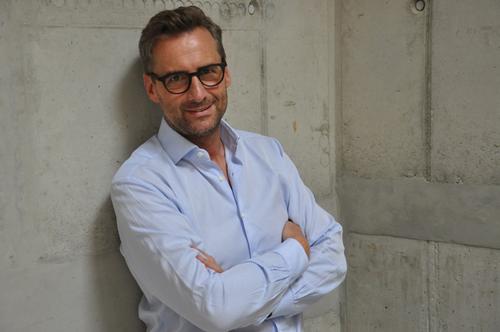16 Oct 2015
Franz Linser: Spas are in danger of being left behind
BY Jak Phillips

Dr. Franz Linser, managing partner of Linser Hospitality, delivered a compelling keynote on the second day of the Piscina & Wellness Barcelona conference yesterday (15 October). Linser spoke about new trends in wellness, suggesting that the ways in which consumers approach wellness is changing, and said the spa industry needs to react at a faster pace.
"It's no longer enough to put people on a nice bed and give them a massage," said Linser.
He said today's consumers are facing increasing pressures – both internal and external – to do more and be more. Urbanisation, insecurities and "having too much stuff" means that today's consumers have new desires.
"We want to be closer to nature, we ask for simplicity, and we say 'Less is more,'" noted Linser.
He said the changes going on in spa and wellness are not nearly as dynamic as the changes happening in the world.
"Every day that you get up not having adopted to these changes, your product will be a little less relevant, day by day," he said.
Incorporating nature and being closer to nature are two important trends consumers are increasingly looking for, said Linser.
"You will have to show more of this, and less saunas in the basement," he said.
Linser suggested this is especially important in marketing a property, and that showing images of views or natural elements is more important than showing off spa equipment, pools or treatment rooms.
"Give (consumers) an idea of what they would feel like if they came to your place," he suggested.
Mindfulness is also paying an increasingly important role in consumer expectations of wellness, and people are looking for time to sit back and be still.
"We are observing a redefinition of luxury," he said. "The luxury of the future will be invisible."
With busier and busier lives, time, mindfulness, quiet, sense and space will be the new definition of luxury, Linser suggested.
"If we rethink our operations with this in mind, we probably come to something different," he said.
But, Linser emphasised, it's not a question of one versus another; rather, it's combining traditional treatments with the new idea of luxury and wellness that will make for the successful wellness centre of the future.
Consumers today need to recharge, find rhythm, and enjoy life, he said, and they can do this through training, coaching or pushing themselves harder – but, he suggested, more and more we observe that they can also do this by letting go, letting it happen and being still.
"That by itself is a health strategy," he said.
Linser pointed to a successful marketing campaign from Finland that sells the idea of the Nordic country as a place to find peace and quiet, and to a Norwegian cruise line that took their ships out of the marketing photos and instead focused the lens on the breathtaking, empty landscapes consumers can see from its deck.
"People are ready to pay for this," he said.
But Linser also suggested that doing a demand analysis doesn't always make sense.
"It's not good to ask the customer what they want, because they don't know yet," he said. Go ahead and do it, design it, put it on the market, and the need will follow."
Close Window